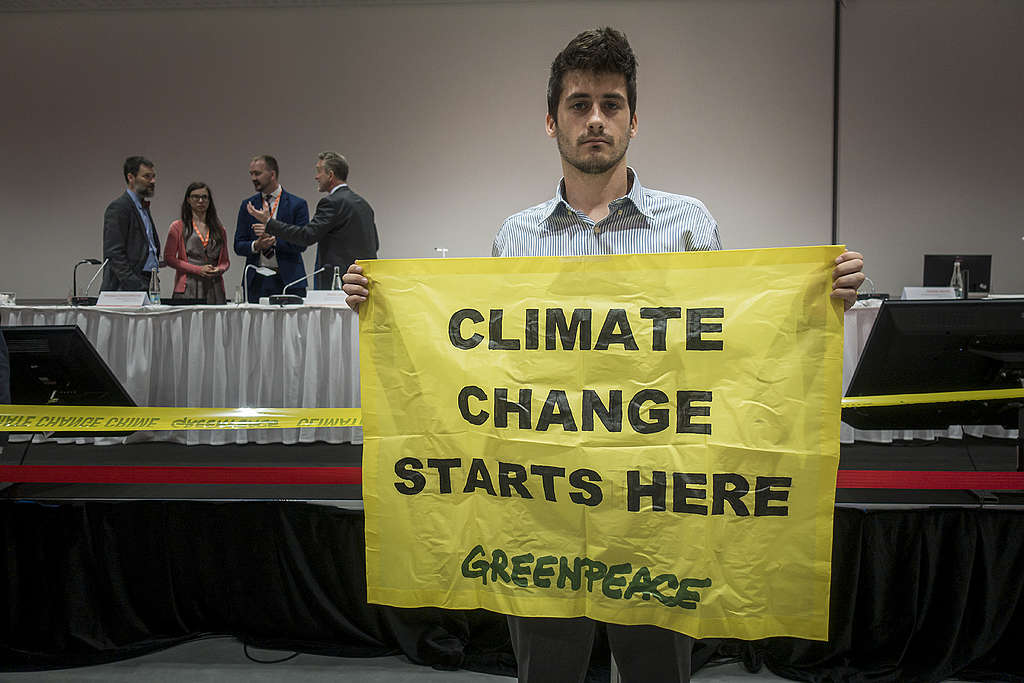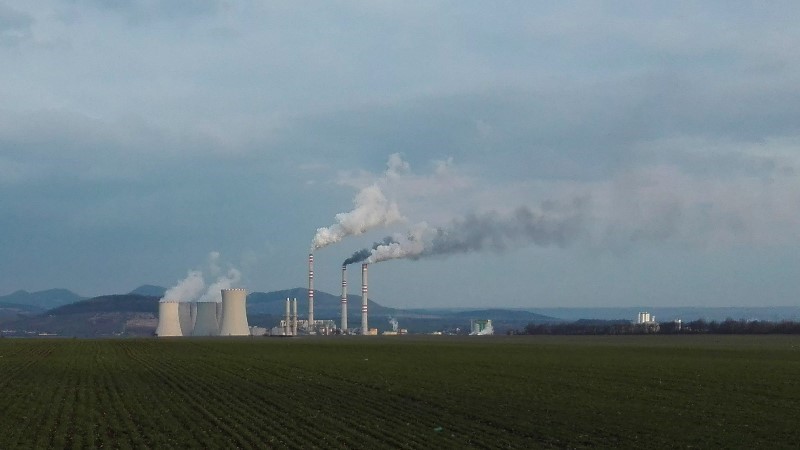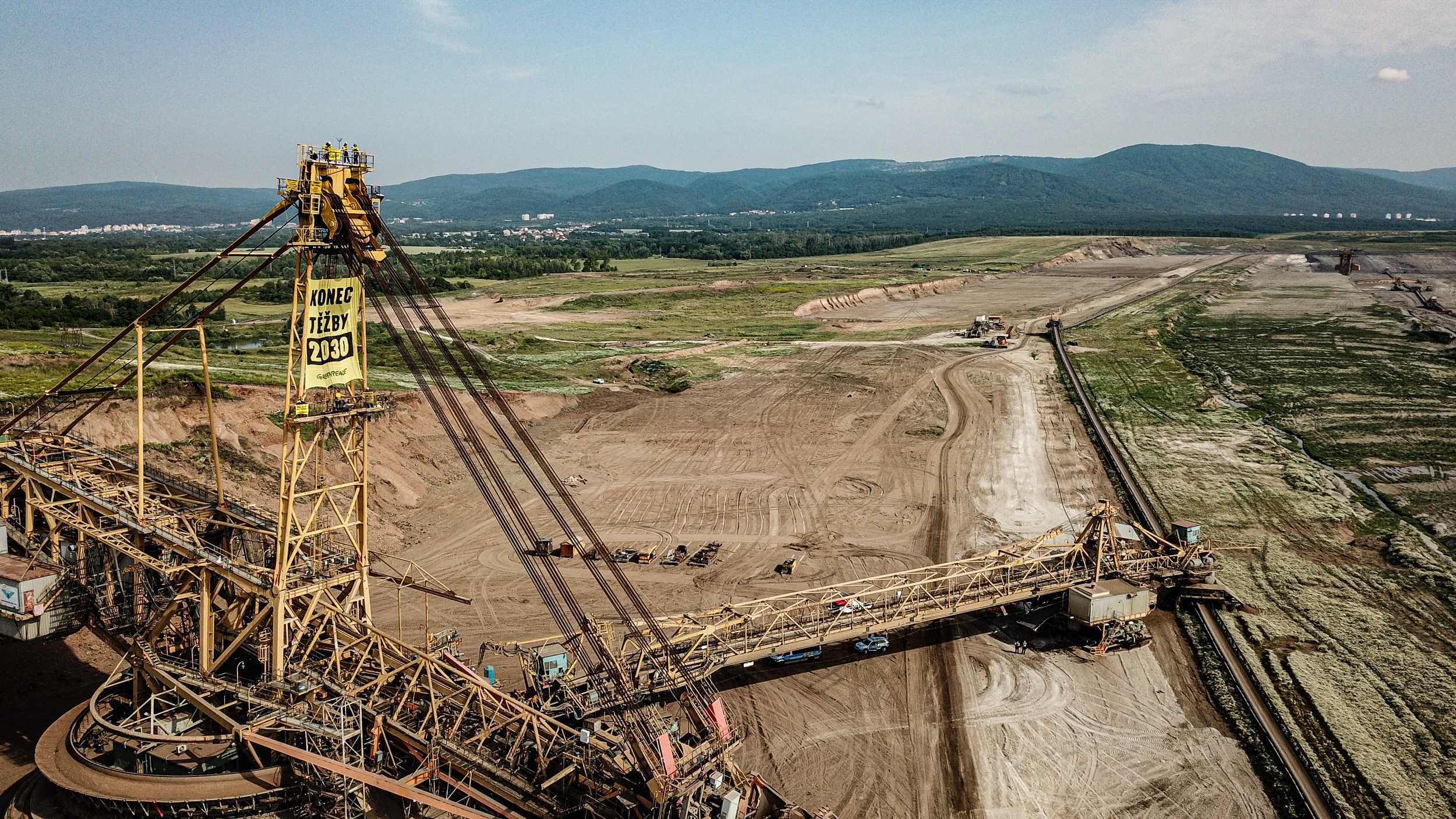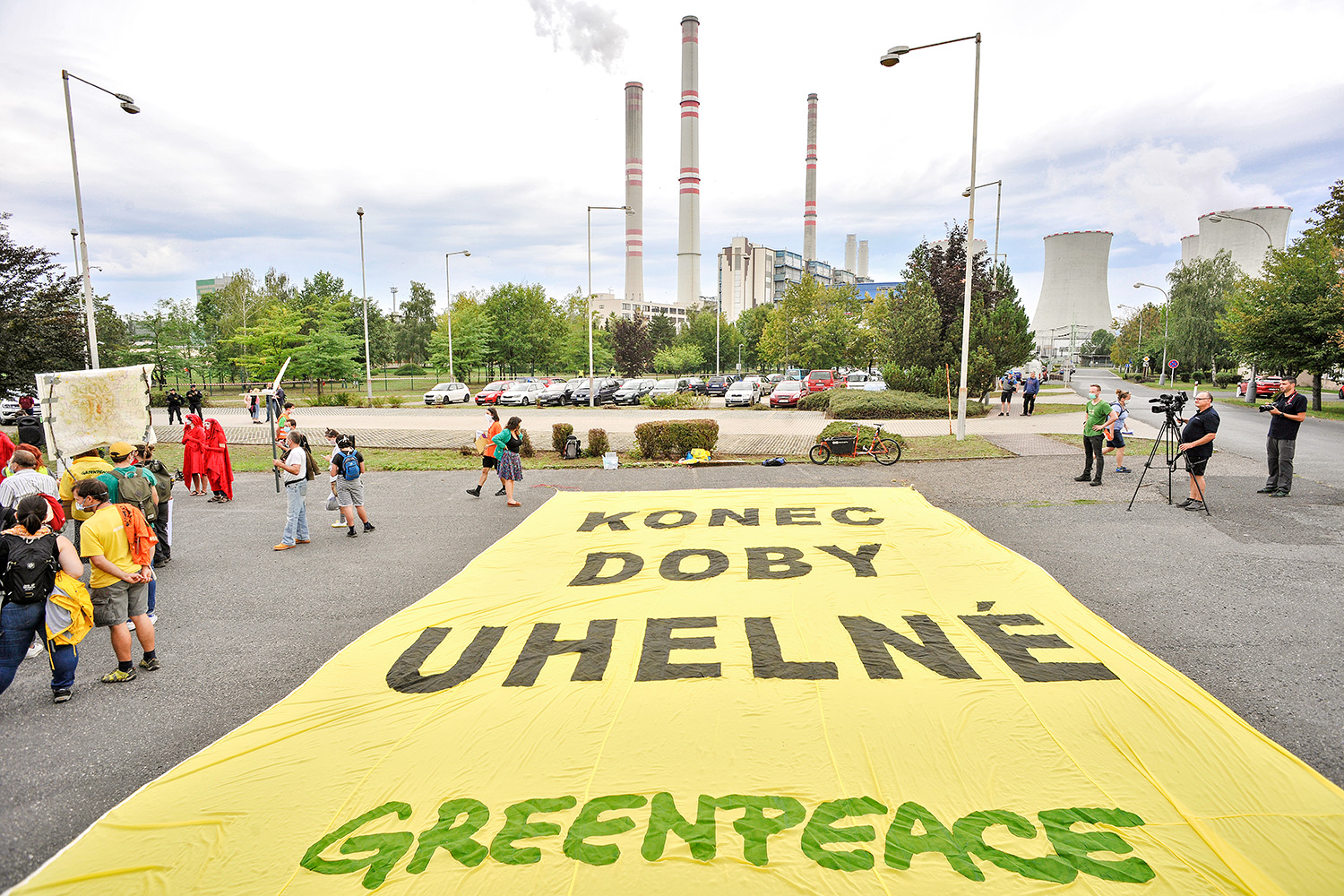Czech utility ČEZ Group’s recently published 2020 financial results give some hints about how the company is doing in terms of phasing out its coal assets and protecting the climate. In 2020, ČEZ Group’s coal exposure continued to drop, but the company is still lacking a clear pathway for accelerated coal phase-out. In fact, the company appears to have doubled down on its plans to burn coal beyond 2040.
The data make it clear–despite its openness about the need to phase out coal, ČEZ Group is far from a climate hero.
Exposure to coal in 2020
Although ČEZ Group’s reporting methods make it difficult to discern the extent to which coal’s worsening economics are creating risk for the company, investors should take note of certain figures in the company’s 2020 financial results which point to a concerningly persistent high coal exposure.

In 2020, ČEZ Group produced more than a third of its electricity with coal (21,7 TWh, or 35,6% of total 61 TWh electricity produced). By comparison, renewables represented 8,7%, nuclear 49,2% and gas 6,4%. The data includes all of the company’s electricity production assets, as well as assets intended for sale. The group shows that its emission intensity dropped by some 10% to 0,33 tCO2/MWh and the share of coal in installed capacity by the end of the year was 41,7% (5,8 GW coal out of 13,9 GW).
| ČEZ Group Key Figures (2020) | |
| Share of produced electrity from coal | 35,60% |
| Share of installed capacity in coal | 41,70% |
| Share of revenues from coal | approx 20% |
ČEZ Group does not publish what share of its revenues derive from coal-fired power, a benchmark used by several financial institutions to determine if a company is “coal heavy”. Instead, the company’s financial data conceals coal-based revenues by reporting them together with nuclear and gas as an aggregate figure under the bucket of „traditional energy“. Calculations done by the author of this text suggests the share of coal mining and coal generation on total revenues is around 20%.
The cost of its coal addiction may be somewhat demonstrated in the graphs below. They show the comparably small share of ČEZ Group’s earnings (EBIDTA) from fossil production (coal and gas). In 2020, only 16% of ČEZ Group’s total EBIDTA was generated from fossils, and this figure is expected to drop to 9% in 2021. (Note: These data exclude plants for sale)
Source: Presentation of 2020 financial results
Plans for 2021
At the turn of the year, ČEZ Group transferred ownership of its biggest and least efficient lignite power plant Počerady (1000 MW) to Sev.en Energy as part of an acquisition agreement concluded in 2019. In 2021, ČEZ Group is planning to sell several of its foreign assets, including a major wind park in Romania and two coal power plants in Poland. Selling the Romanian windpark would in fact reduce ČEZ Group’s renewables-based power production by more than a third, from the currently low 8,7% share of the company’s total energy production. Together with the handoff of Počerady, the Polish plants will reduce ČEZ Group’s exposure to coal. That said, the contribution of these sell-offs to emission reductions is highly questionable at best, as those plants are expected to continue emitting under new ownership. A closure of another coal unit, Mělník III, is scheduled for this summer.
Solid coal phase-out plan is still missing
Despite the stepwise progress of ČEZ Group, the company has still not made any significant switch in its thinking and the described actions still follow a rather “business as usual” approach.
- ČEZ Group has no strategy to phase out coal by 2030. As a matter of fact, CEZ still plans to operate 2,7 GW of coal to around 2035-2040 and one last power plant until 2040s.
- The open pit lignite mine Bílina is still scheduled to operate beyond 2040.
- Instead of closing, ČEZ Group sold its biggest and dirtiest lignite power plant Počerady to Sev.en Energy Group, which is infamous for its lack of any climate policies (see our blog) and plans to operate the power plants as long as possible.
- Similarly to Počerady, in 2021, ČEZ Group is planning to sell both of its Polish coal power plants (buyer not known yet).
- Currently, ČEZ Group is asking at 5 of their power plants for several-years long derogations from new air pollution limits regulating mercury (Hg)
The Czech government is currently discussing the topic of national coal phase-out and is likely decide this year between two coal phase-out scenarios: 2033 and 2038. Due to the serious pandemic situation the decision might not occur and it might be up to a new government (after the general elections in October 2021) to make such a decision. In any case, the both discussed dates are still significantly earlier than what ČEZ Group has put on table.



